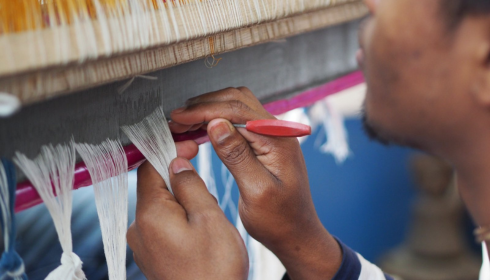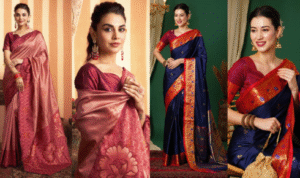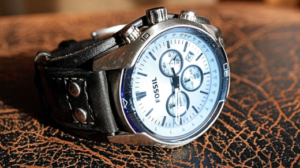In a world dominated by mass-produced clothing and fast fashion, there is a growing movement towards individuality and authenticity in personal style. Handmade creations are increasingly at the forefront of this shift, offering fashion enthusiasts unique pieces that carry the mark of human craftsmanship. Designers like lily arkwright are leading the way, emphasizing the value of artisanal work in an industry often criticized for its uniformity and lack of originality. Each handmade item tells a story, connecting the wearer to the maker and imbuing garments with a sense of identity that machine-made fashion struggles to replicate.
The appeal of handmade fashion lies in its uniqueness. Unlike mass-produced items that flood the market and create a homogenized look, handmade pieces are often one-of-a-kind or produced in limited quantities. This exclusivity allows individuals to express their personal style more authentically. Small imperfections or subtle variations in these creations are celebrated as evidence of genuine craftsmanship, setting them apart from the perfect, repetitive patterns churned out by automated production lines. These qualities are especially important in an era where consumers are increasingly seeking meaning and sustainability in their purchases rather than simply following trends.
Sustainability is another critical aspect driving the popularity of handmade fashion. The fast fashion industry is notorious for its environmental impact, from excessive water usage to chemical pollution and textile waste. Handmade creations, on the other hand, often prioritize ethical production methods, environmentally friendly materials, and slow, deliberate processes. Artisans carefully select fabrics and construction techniques that reduce waste and support local communities. By choosing handmade items, consumers contribute to a more sustainable fashion ecosystem, one that values quality and longevity over disposable clothing.
Beyond sustainability, handmade fashion fosters a deeper appreciation for the skills and creativity involved in garment-making. Each stitch, pattern, and embellishment reflects hours of careful labor, showcasing the artistry that goes into the piece. This focus on craftsmanship resonates with a growing audience of consumers who are tired of mass-market uniformity and seek products with a human touch. It also allows artisans to innovate freely, combining traditional techniques with modern aesthetics to create truly original designs. As a result, handmade fashion not only reinvigorates classic methods but also introduces fresh perspectives to contemporary style.
The rise of handmade fashion also signals a cultural shift in how society values individuality and authenticity. Wearing a handmade garment is more than a fashion choice; it is a statement about personal values and identity. It represents a conscious decision to support artistry over automation, quality over quantity, and creativity over conformity. The movement has been bolstered by platforms and communities that celebrate and sell handmade goods, allowing artisans to reach audiences worldwide while maintaining the integrity of their craft.
Moreover, handmade creations offer versatility that mass-produced clothing often lacks. Customization, attention to detail, and adaptability are hallmarks of artisanal design. Buyers can often commission pieces tailored to their measurements, preferences, and lifestyle, resulting in a wardrobe that fits not only the body but also the personality. This approach transforms clothing from a functional necessity into an intimate form of self-expression.
In conclusion, handmade creations are bringing authenticity back into fashion by emphasizing individuality, sustainability, and craftsmanship. Designers like lily arkwright exemplify the movement toward meaningful, artful clothing that stands apart from mass-market offerings. In embracing handmade fashion, consumers reconnect with the human story behind each garment, rediscovering a sense of value, creativity, and authenticity that has long been overshadowed by the fast fashion industry. This shift suggests that the future of fashion may increasingly celebrate the skill, passion, and personal touch that only handmade creations can provide.





